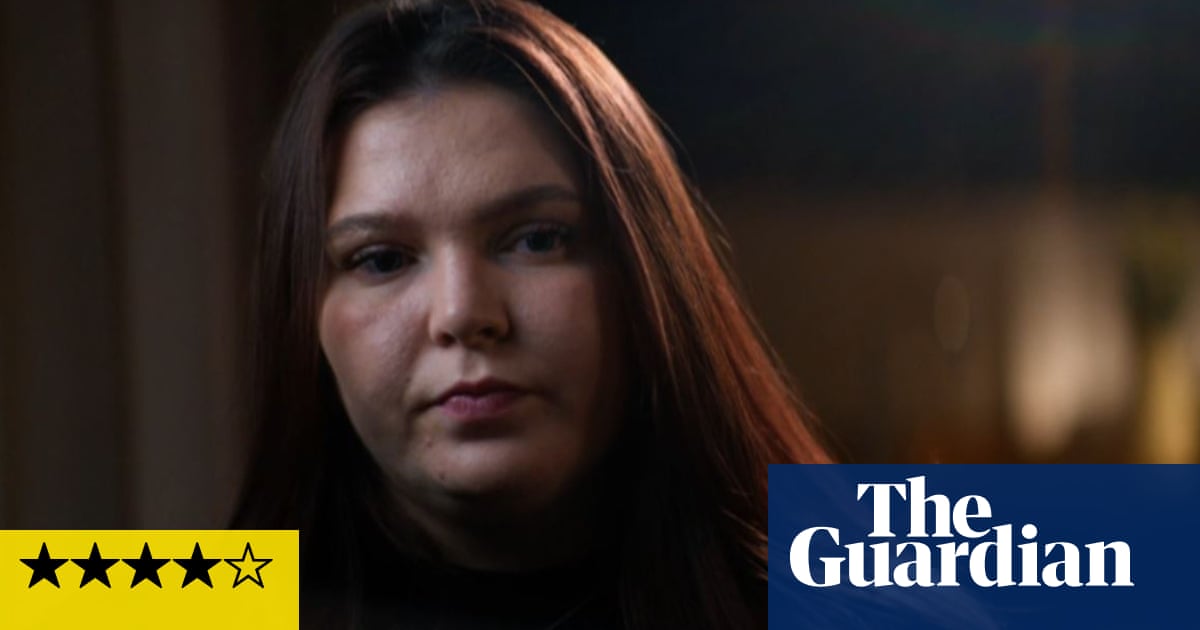What are we going to do with all the bad people? Like, really? What are we going to do with all the people whose stories hurl your mind back to a primitive state of lusting for vengeance, or make you long for a simpler time when the conclusion “They are evil” was considered a sufficient explanation and you could proceed with their punishment and society’s protection?
Such are the thoughts that run through one’s mind when confronted with the likes of The Essex Millionaire Murders. The two-part documentary tells the grimly shocking story of the 2023 murders of Carol and Stephen Baxter. They were found dead in their home in Mersea, Essex, by their daughter Ellena. There were no marks on the bodies, no injuries, no signs of a break-in. Carol had become increasingly ill since they moved there, apparently from Hashimoto’s disease, an autoimmune disorder, and husband Stephen had become her carer. Had it all become too much and they had then made a suicide- or murder-suicide pact? They had seemed a devoted couple and, though it was all mysterious, stranger things have happened: post-mortem and toxicology reports would, hopefully, offer answers.
What unfolds from there is astonishing – courtesy of interviews with the investigating officers, who only just manage to maintain the veneer of professional detachment as their recounting of the extraordinary case goes on, and with Ellena, who speaks with the stark honesty of someone just coming out of the first shock of bereavement and still trying to come to terms with the incredible facts.
We live in such a heavily recorded age that a vast amount of the Baxters’ story can be told using contemporary footage. We watch through the Baxters’ home security camera as Ellena gets out of her car on 9 April two years ago to visit her parents. They don’t answer the door so she goes out of shot to look through their windows. The audio picks up her screams. The bodycam footage of the police who attend shows her being comforted by neighbours and an officer gathering initial accounts from one who was particularly close to the family, Luke D’Wit, who tells them about Carol’s medications and health issues.
There are the videos that the vivacious, charismatic Carol filmed of herself when she was well and running her own small business after a career as a maths teacher. And there are the videos from a few years later, recorded by her, and then by Stephen as her faculties decline, under the instruction of Dr Andrea Bowden, an expert offering bespoke treatment for Carol’s condition, advising her by email and texts from the US on the rules that she must follow if she wants to get better.
In addition, there are messages between the family members, and between them and D’Wit – who has become like a son to them after starting as an IT consultant for the business – and between Carol and her WhatsApp support group with fellow Hashimoto’s sufferers.
When a letter is found after her death among Carol’s papers that purports to change her will to leave the business to Ellena and D’Wit, the police wonder if they have just found a motive for murder. When the toxicology report reveals that the pair died of overdoses of drugs including fentanyl, Ellena and D’Wit are arrested. There is footage of that, too – Ellena mentally reeling, D’Wit preternaturally calm, chatting in the car to the officers and from his holding cell – and then of their respective interviews with the detectives.
It is no spoiler, given her presence in the programme, to say that Ellena is cleared of any involvement in her parents’ death. What emerges around D’Wit is very different and makes you long for the banality of a mere financial motive.
What do we do with bad people? With those who move through life seeking opportunities to torture others psychologically, to take advantage of the generous of heart and spirit, to maim the mind, weaken the body and eventually – when Stephen’s suspicions are roused – move on to murder? Who remain perfectly controlled throughout and even find, at least in one detective’s opinion, a way to deliver a last jolt of pain to the family at trial?
There are no bells or whistles here – the makers have enough sense and respect to let the story and its sorrows stand alone. But what a world, my friends. What a world.
